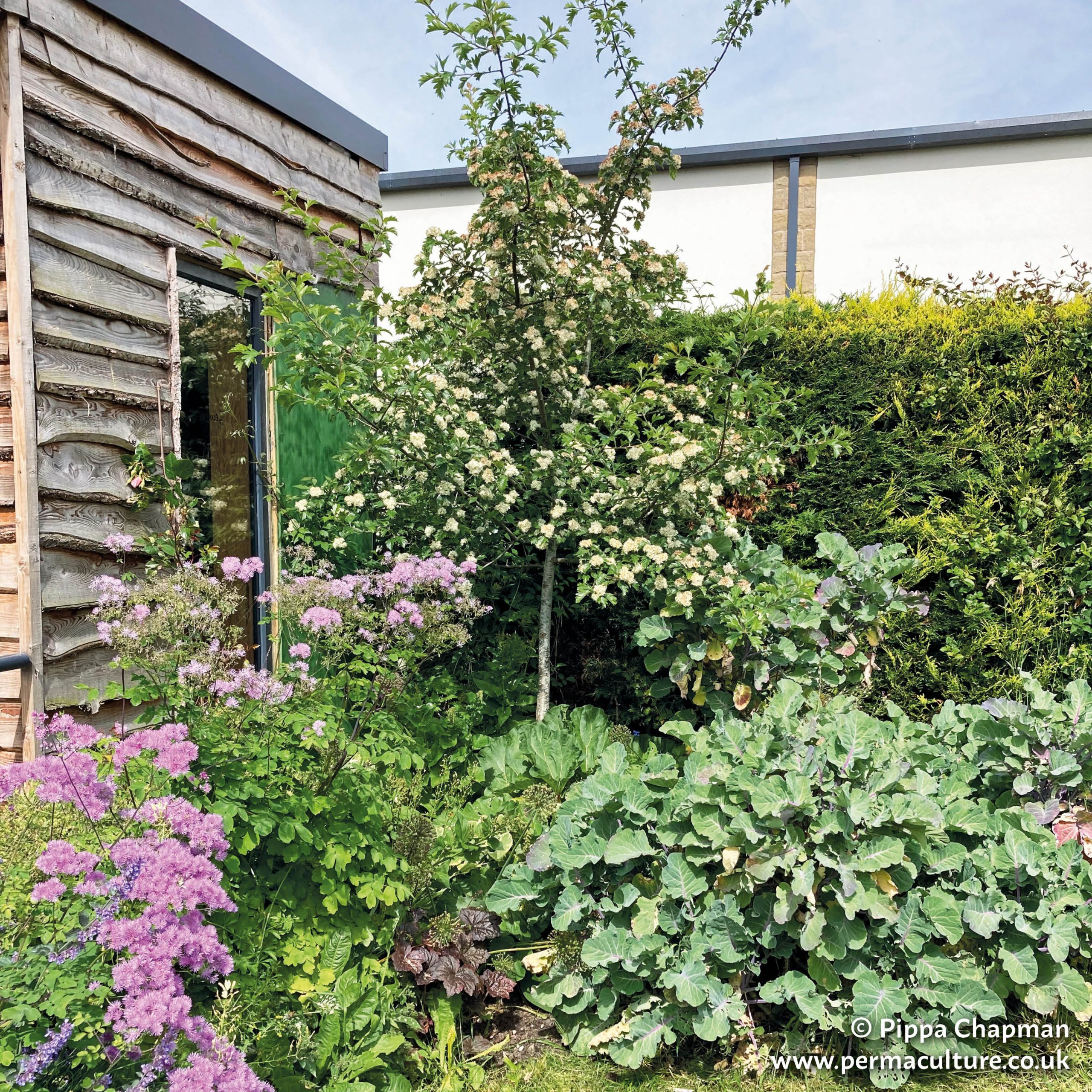It’s still high summer: the garden is brimming with bountiful vegetables and soft fruit, and the apples are still swelling on the trees. Isn’t it a bit early for me to be writing about planting fruit trees? The planting season is the winter so surely autumn is soon enough to start making plans?
Well, that may be OK if you’re happy to accept whatever the fruit nursery has available. But to be sure you get the trees that really meet your needs, it’s advisable to get your order in by August. Beyond that you may well find that the tree or trees you want are sold out. And it’s worthwhile choosing your trees with care. They will last many decades, maybe your whole lifetime or more. If you find your trees yield fruit your family doesn’t like, or too much of it all at one time, or that they grow too big for the space available for them, you will have plenty of time to regret not having taken more care over your choice.
Have you ever wondered why the apple is far and away the commonest fruit grown in Britain? The main reason is that it grows so well here. It’s reliable. To some extent there’s a tradeoff between reliability and deliciousness of the fruit, with a range that runs something like this:
– cooking apples, dessert apples, pears
– damsons, plums, gages, peaches and apricots.
Some others need special conditions: figs need an almost frost-free microclimate, while cherries will yield nothing if not protected from birds, unless you grow a whole orchard of them, that is.
If you live in a cool, rainy area or your garden is shady, cooking apples and damsons are most likely to yield well. But don’t think of growing peaches and apricots unless you have a favourable microclimate, and preferably a nice south-facing wall onto which you can fan train them and give them all the care and attention they need. Here in Britian they’re far to the north of their natural range.
Many permaculturists are fired by an enthusiasm for unusual plants, including fruit. Books such as Ken Fern’s Plants for a Future are full of inspiring descriptions of unfamiliar species that could be grown here. But beware. If a plant isn’t commonly grown it may be for a good reason. It may not taste that good or it may not yield well in our climate.
I don’t want to discourage anyone from experimenting with new fruits. But, before you devote valuable space to a tree that will live for decades, be clear about your main aim. Is it to put food on your table or to experiment? If it’s the former you would be well advised to stick with apples, pears and plums.
Plums and other stone fruits don’t keep. You either have to eat them quickly or preserve them by bottling, freezing or some other method. This requires work and it’s easy to overestimate the amount of enthusiasm you’ll have for preserving when the tree grows to maturity and produces more than you and your family can eat fresh.
Pears keep a bit longer but pride of place goes to apples. I keep apples in my garden shed simply by putting them in used boxes and trays which I scrump from the local market, and we eat fresh apples from September right through to the following May. To do that you need a good mix of apple varieties, and I’ll be looking at that in my next article on this site.
How to Make a Forest Garden
by Patrick Whitefield
The Orchard Book
by Wade Muggleton
All You Need to Know About Figs – Ficus carica
Beginner's Guide to Propagating Fruit
Patrick was an early pioneer of permaculture and teacher for many years.




